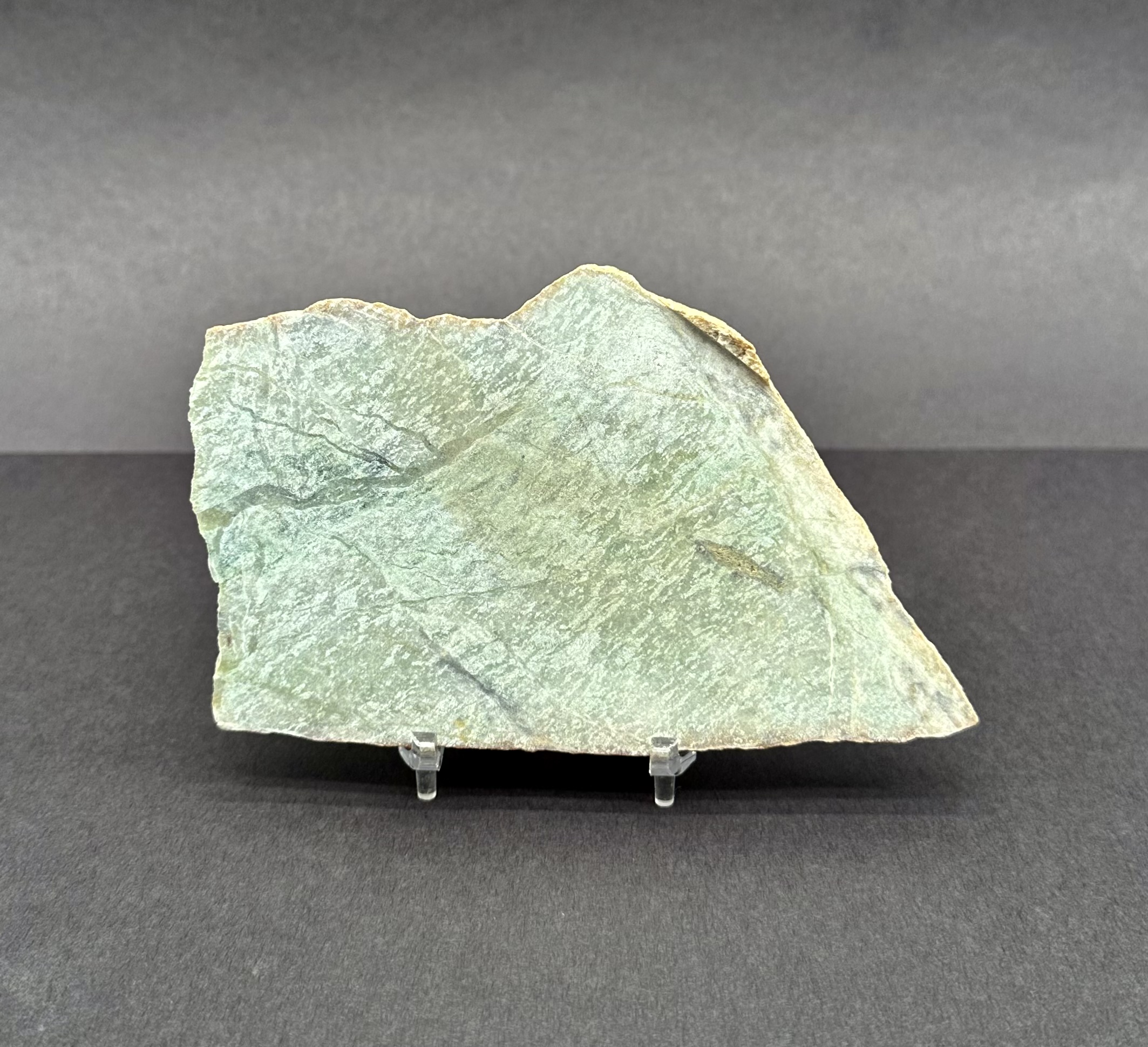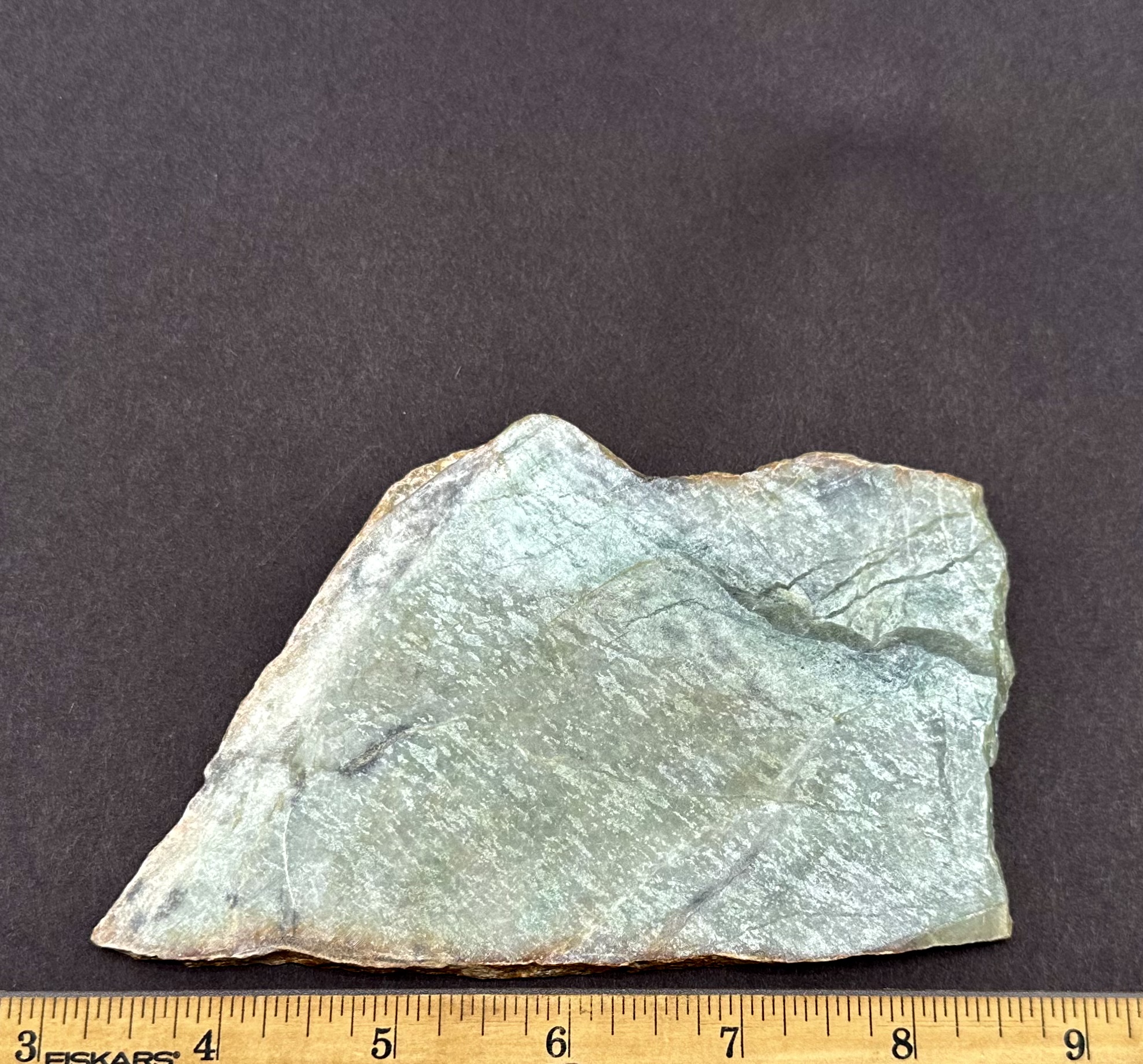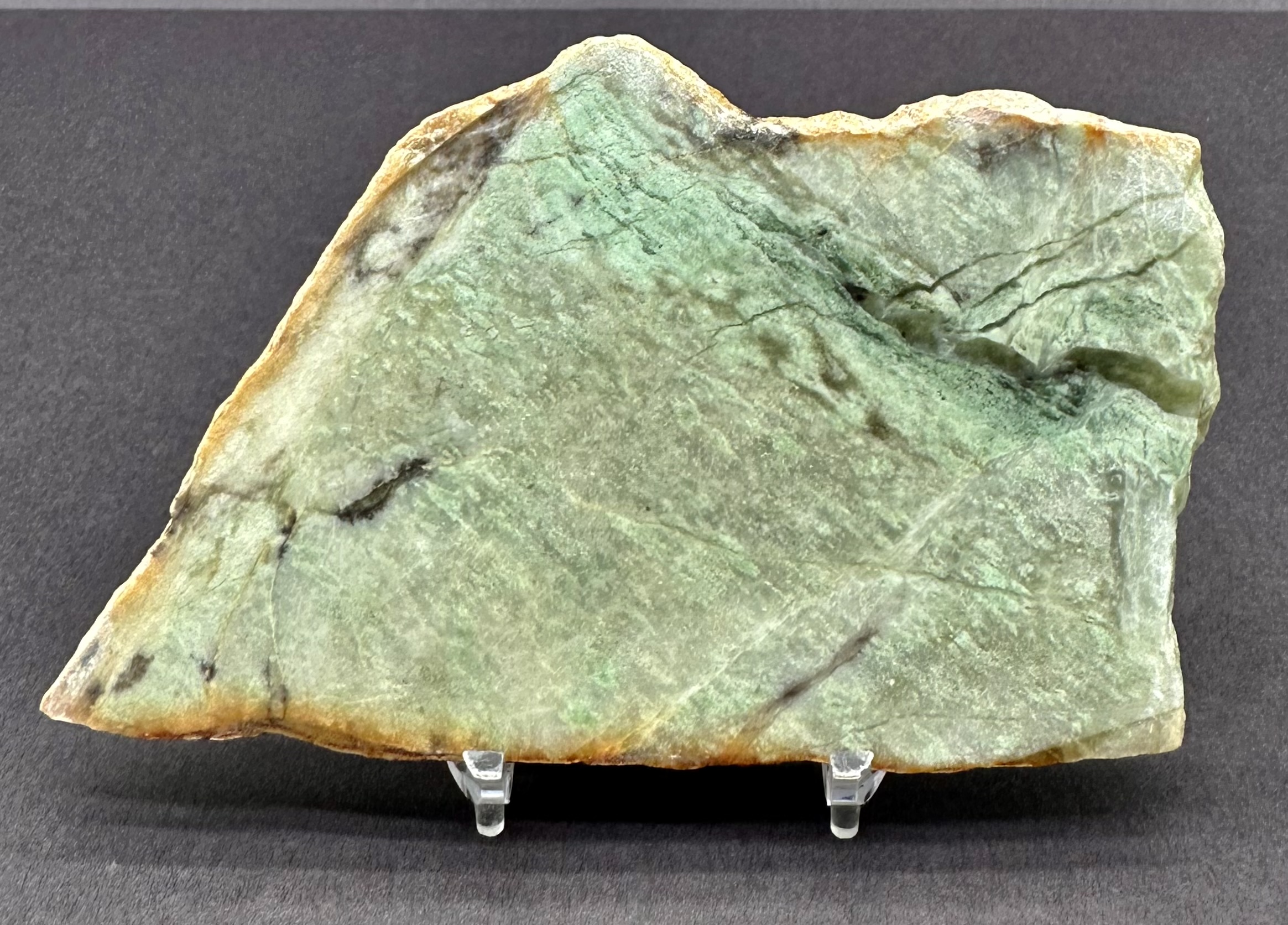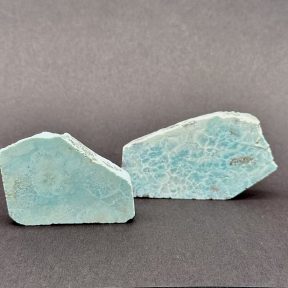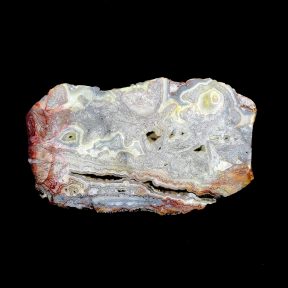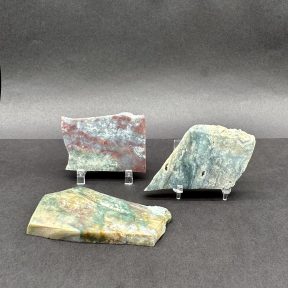Description
Petrified Wood is a type of a fossil as it consists of fossil wood where all the organic materials have been replaced with minerals while retaining the original structure of the wood. These minerals are most often Silicates such as Quartz. Other minerals, Manganese, Iron and Copper, in the water or mud during the petrification process give Petrified Wood a variety of color ranges: black – Carbon; green/blue – Copper; red/brown/yellow – Iron. Petrified Wood can preserve the original structure of the wood in all its detail all the way down to the microscopic level. Structures such as tree rings and the various tissues are often observed features. Although Petrified Wood can be found worldwide, it is rather rare in larger quantities and at times can be difficult to obtain by the average collector.
